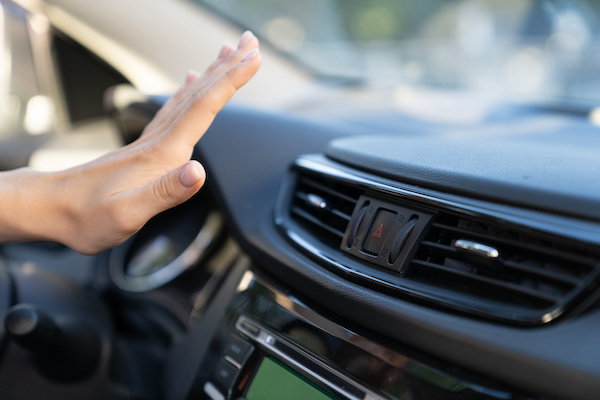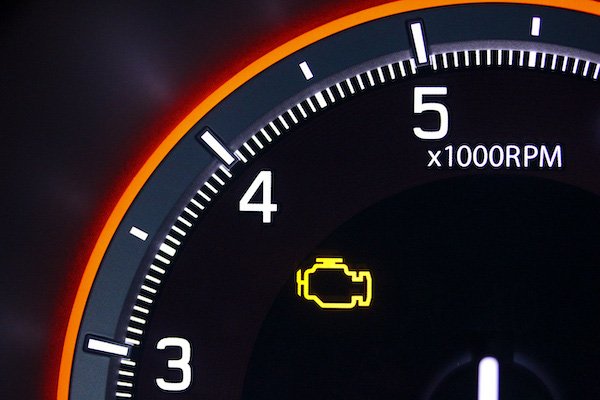Posted on 3/14/2023

As the temperature fluctuates throughout the year, it's important to ensure your vehicle's heating and air conditioning (cooling) systems are working properly. The vehicle's temperature control system keeps you comfortable while driving and plays an essential role in your safety. Unfortunately, they can fail for a variety of reasons. Here are some common issues that can cause problems with your car's heating and air conditioning system: Lack of Maintenance: Regular maintenance is vital in ensuring the heating and A/C systems work as they should. An example would be the maintenance task of replacing the air filter, which should be done every 12,000 to 15,000 miles. Routine inspections can also help your technician catch any issues before they become significant problems. Low Refrigerant: Your vehicle's A/C system requires refrigerant to cool the air. If the refrigerant level is low, the system may produce warm air instead of cool ... read more
Posted on 3/14/2023

If you've ever had a problem with your car's exhaust system, you know how important it is to keep it in good working order. Not only does it limit emissions, but it also helps your engine perform smoothly and quietly. The exhaust system comprises a series of pipes that transport the waste gasses from the engine to the muffler and out the tailpipe. One of the most critical components of your exhaust system is the catalytic converter. What is a Catalytic Converter? The catalytic converter is a device that helps to reduce the emissions from your car's exhaust. It converts harmful gasses like carbon monoxide and nitrogen oxides into less harmful emissions like carbon dioxide and water vapor. Most modern cars come equipped with a catalytic converter, as it is a requirement by law. The functionality of the catalytic converter can have a significant impact on human health and the environment. One of the most common problems with the exhaust system is a failed catalytic co ... read more
Posted on 2/9/2023

If you're driving around Clackamas and your check engine light comes on, it can be a scary and confusing experience. But don't worry – the auto repair experts at Tim's Automotive Repair and Sales have got you covered. Our team of certified technicians has the knowledge and experience to quickly diagnose and repair any issue that may be causing your check engine light to come on. The check engine light is a warning system that lets you know when there's a problem with your vehicle's ignition or emissions system. It can be caused by many issues, from a loose gas cap to a faulty oxygen sensor. Some common reasons for the check engine light to come on include the following: Broken Oxygen Sensor: The oxygen sensor monitors the amount of oxygen in the exhaust system and sends a signal to the engine control module. A faulty sensor can cause the engine to run poorly and increase emissions. Faulty Mass Air Flow Sensor: The mass air ... read more